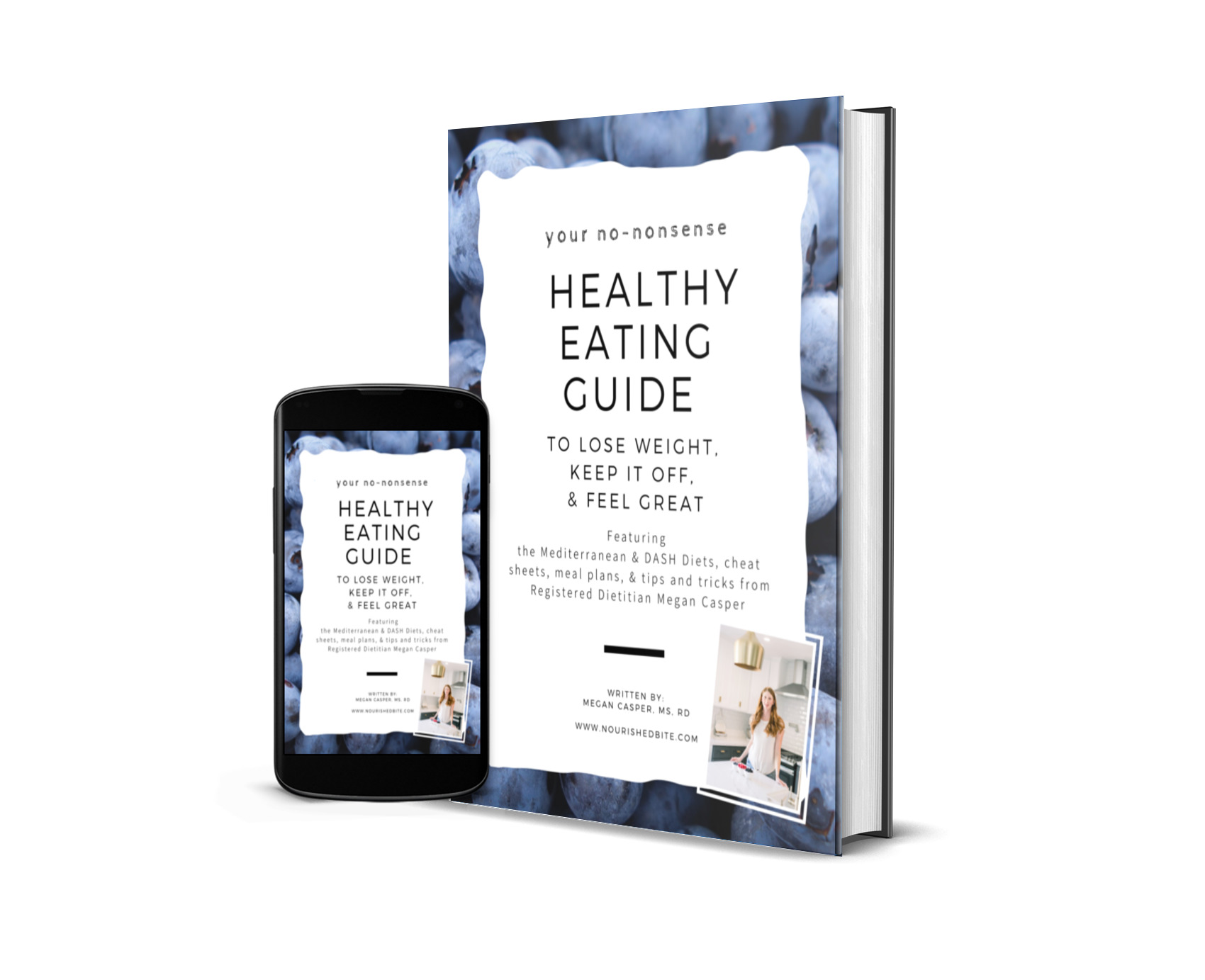12 Easy Ways to Eat Well on a Budget
/Eating well doesn’t have to be expensive! Healthy eating on a budget is totally possible - it just takes a little more planning and thrift than dumping your whole paycheck at a fancy grocery store. With the following tips, you’ll be on your way to a healthier diet with change to spare.
Make a List - and stick to it!
Only buying off your list will keep you from making (potentially unhealthy) impulse buys, which will save both your wallet and your waist. In fact, the average shopper spends 40 percent more without a list.Meal plan like a boss
Try planning out your meals for the week before you go. Not having to run back and forth to the store will save you both time and money. Check out your local grocery stores sale items and plan meals accordingly. If you prep your lunches for the week on Sunday you’re much more likely to eat well, and not splurge on something a little less healthy for lunch.Beans, beans they’re good for your heart.. and budget
While protein is important, meat is one of the most expensive items on our plate. Try meals that use things like beans, eggs or peanut butter. This swap is not only budget friendly, but research shows that those who eat less meat have a reduced risk of cancer and cardiovascular disease, so small changes can add up to a big impact.Choose cuts wisely
When buying meat, try different cuts that are less expensive, like chicken thighs instead of chicken breasts. Cheaper cuts of red meat (like pork shoulder or chuck) may be a bit tougher but they can be slow cooked to a juicy perfection. Lean cuts have more meat per dollar than ones with a layer of fat that will be cut or cooked away.Waste less, want less
A few smart tips will help you waste less food. Put cold foods in the cart last, so they’ll stay fresh longer. Check expiration dates at the store, and when at home use the oldest items first. Eat leftovers within 3-4 days, or freeze them right away for a quick meal later. Have leftovers that are about to go bad? Think about how you can upcycle them. If your vegetables are wilting, make soup or a frittata!Buy in bulk
Buy items you use frequently, or that don’t go bad, in bulk. Portion off and freeze perishable bulk items. You can compare the unit price on items, which tells you the cost per weight, to see which is a better deal. Buying in bulk works well with meal planning. Put servings of snacks, veggie sticks, or nuts into smaller packaging that you can take with you through the week.Buy in season
Fresh produce is the best, but the cost can add up quickly. Buying what’s in season is not only cheaper, but it also tastes better too AND can have more nutrients. Try checking out your local farmer's market at the end of the day, when they tend to slash prices so they don’t have to haul perishables back home.Buy frozen
If you buy your veggies in bulk, but never seem to get through them, try buying frozen. Frozen fruits and veggies are inexpensive and last longer. They also are picked and frozen at their peak ripeness, unlike much of conventionally shipped produce, so they can be higher in nutrients and flavor. For example, a tiny container of blueberries can be REALLY expensive, but you can buy a huge bag of Wyman’s frozen wild blueberries for the same cost which can be whipped into smoothies, tossed on cereal or mixed in yogurt. Bonus: wild blueberries have twice the amount of anthocyanins than regular blueberries, which can help reduce inflammation and reduce the risk of heart disease.Grow what you can
If you’ve ever grown your own tomato plant, you know that growing your own is not only more delicious but budget friendly too. Often you can buy a packet of seeds that’ll last you all summer for about the cost of one veggie in the store. If you have a small space, try growing tomatoes, pole beans, salad greens or an herb garden to start. Chives, basil, mint and parsley are easy to grow even on a sunny windowsill. You’ll be sure to catch a green thumb and save some dough.Be your own chef
Cooking at home is way less expensive than eating out. It also allows you to know what’s in your food, assuring you really are making the healthiest choices. If cooking each meal individually takes up too much time, try chopping ingredients you use frequently in advance, or make meals in bulk that you can eat through the week. We recommend making this creamy vegetable lentil soup, which will have you set for at least a week of lunches, and remember to freeze half after it cools if you won’t get through it all.Have a snack before you shop
If you head out to the grocery store starving, you’re much more likely to fill your cart with impulse buys. When you’re hungry you’re also more likely to grab foods that aren’t as good for you. Before heading out, snack on something healthy like a piece of fruit, a handful of nuts, or some yogurt sprinkled with granola.Buy whole foods
When foods are processed and packaged, you pay a premium for the time and marketing the manufacturer put in. Instead of buying shredded cheese, buy your own block of cheese and shred yourself. Instead of buying individual servings of oatmeal, scoop your own half cup from the bag. Less processed options often come in larger packages too, so there are more servings for a cheaper cost.




